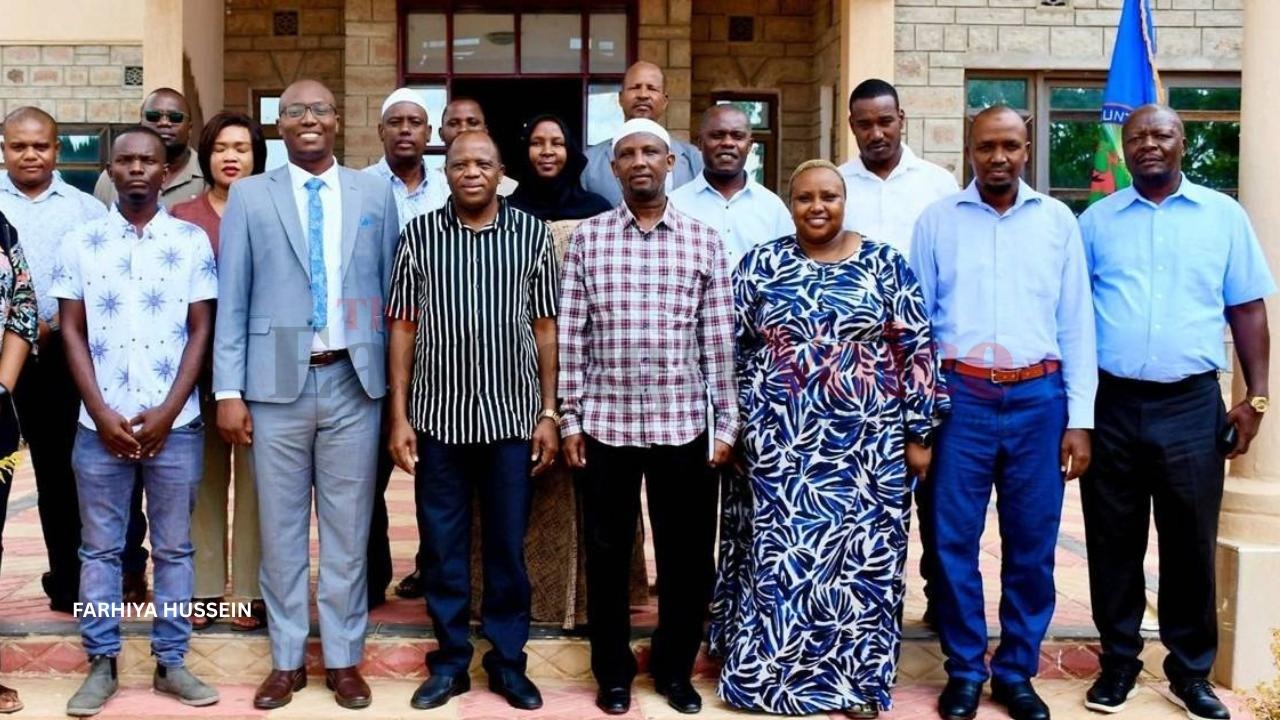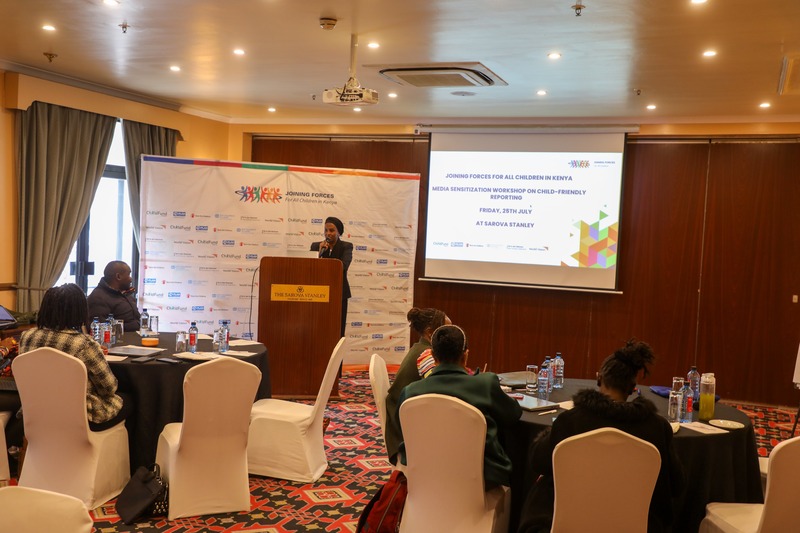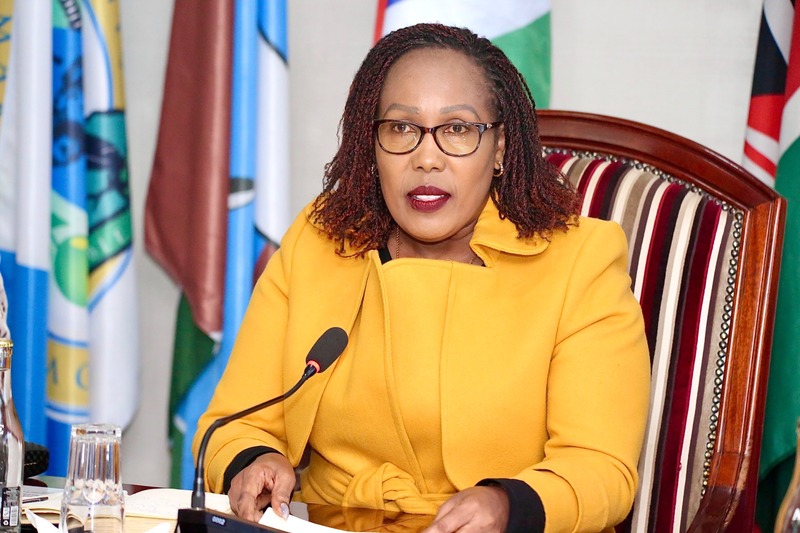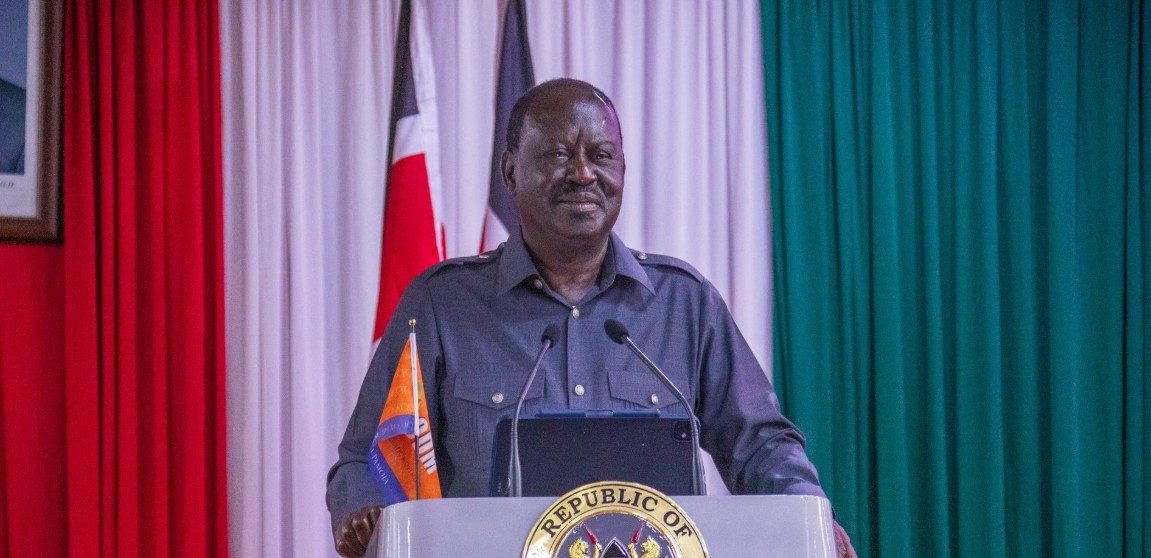Nine counties to collaborate on River Tana protection and water security plan

The joint framework—championed by Tana River Governor Dhadho Godhana—will bring together counties including Meru, Garissa, Tharaka Nithi, Machakos, Murang’a, Embu, Lamu, and Kitui.
Nine counties along the River Tana ecosystem are preparing to sign a memorandum of understanding (MoU) to jointly manage the river’s resources, as part of a broader strategy to curb environmental degradation and promote sustainable use.
The initiative, developed in partnership with Nature Kenya, aims to ensure the river continues to meet the domestic, agricultural, and industrial water needs of millions while tackling threats such as pollution and damage to the ecosystem.
More To Read
- Auditor General’s report exposes ethnic bias, employment malpractices in Tana River county
- Government to deploy 200 police reservists in Tana River to tackle banditry - Kindiki
- Bilisia community in Tana River reclaims ancestral land after court cancels 99-year lease
- Governor Godhana links Tana River clashes to boundary disputes, resource strains
- How disquiet over villages cluster project ignited deadly Tana River clashes
- Tana River pupils struggle to learn in deplorable conditions at Maderte ECDE Centre
The joint framework—championed by Tana River Governor Dhadho Godhana—will bring together counties including Meru, Garissa, Tharaka Nithi, Machakos, Murang’a, Embu, Lamu, and Kitui.
Once finalised, the plan will provide a unified protocol to address challenges such as pollution, over-extraction, and ecological degradation.
“This unit will be tasked with regulating water flow, minimising flood risks, maintaining water quality, and ensuring long-term ecological sustainability,” said Nature Kenya's Policy and Advocacy Manager, Caroline Ng’weno, during a meeting with Governor Godhana in Hola.
Restoration Manager Rudolf Makhanu and Field Project Manager Milka Musyoki accompanied Ng’weno.
River’s longest stretch
Governor Godhana stressed the urgency of the initiative, noting that Tana River County contains the river’s longest stretch—about 765 kilometres of its 1,609-kilometre length.
He warned that unchecked environmental destruction could have serious consequences for communities that rely on the river for farming, fishing, and household use.
Senior officials from the Tana River County government, including members of the county executive committee, also backed the plan, emphasising its importance in protecting livelihoods tied to the waterway.
The policy is expected to be a milestone in inter-county cooperation on natural resource management, setting an example for the joint stewardship of other shared ecosystems nationwide.
Top Stories Today
















































